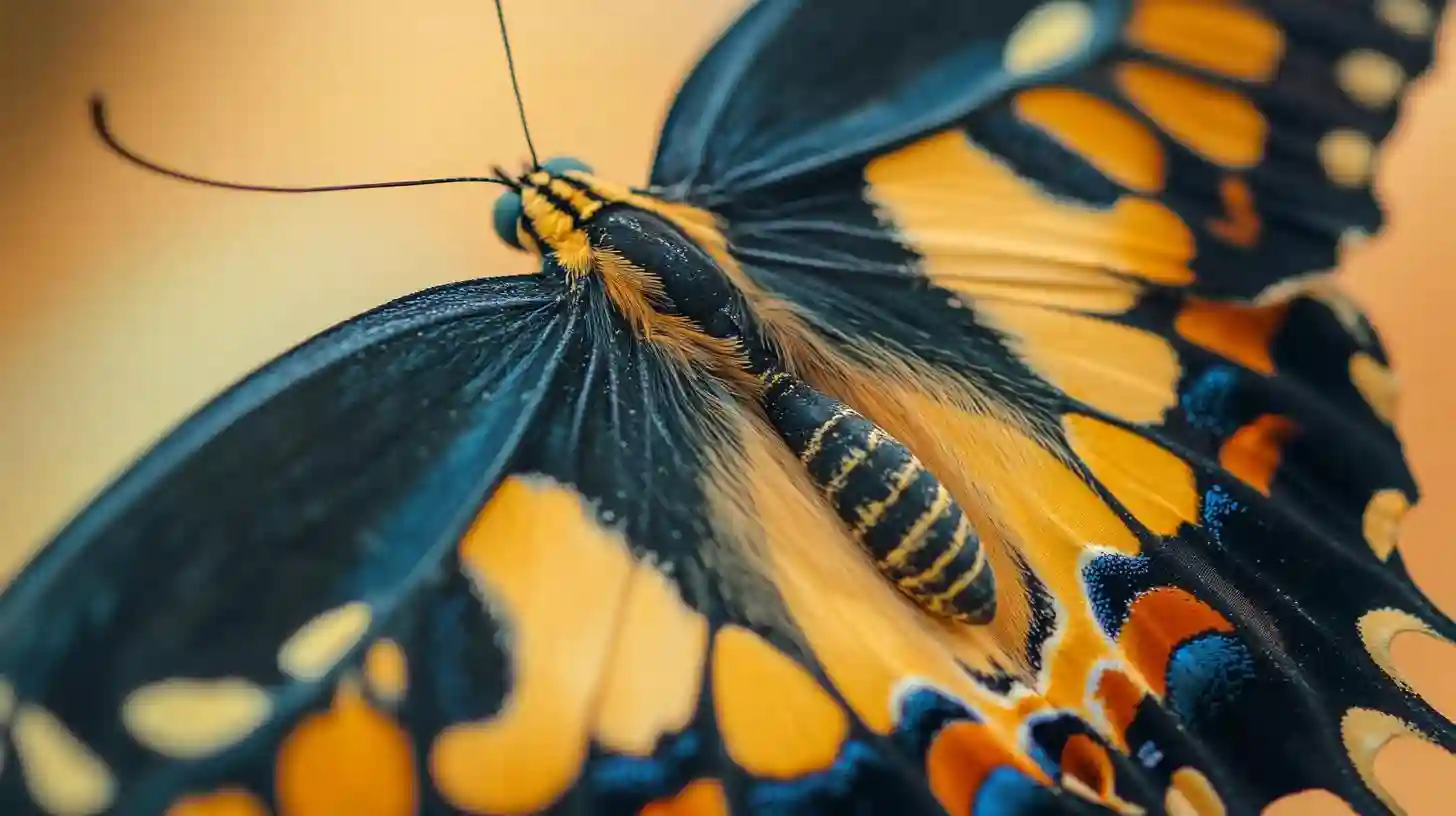
The world of butterflies is a captivating realm where form meets function in extraordinary ways. One of the most mesmerizing features of these delicate creatures is their wings, adorned with scales that create a vibrant tapestry of colors and patterns. These scales, often overlooked, hold a treasure trove of secrets that reveal the intricate beauty and functionality of butterfly wings. Each scale is a tiny, flattened structure that overlaps like shingles on a roof, giving the wings their unique texture and appearance. This design not only enhances the visual appeal of butterflies but also plays a vital role in their survival.
The colors seen in butterfly wings come from two primary sources: pigments and structural coloration. Pigments are chemical compounds that absorb certain wavelengths of light while reflecting others. Structural coloration, on the other hand, results from microscopic structures within the scales that interact with light in specific ways, creating iridescence. This means that the colors of a butterfly may shift depending on the angle of light, producing a dazzling array of hues. The interplay between pigments and structural elements is what makes butterflies stand out in the animal kingdom.
The intricate arrangement of scales also serves practical purposes beyond mere aesthetics. The overlapping structure of scales increases their surface area, enabling them to capture and reflect light effectively. This not only enhances their color but can also aid in thermoregulation. Some species of butterflies can bask in the sun, using their brightly colored wings to absorb heat. When conditions require cooling, they can adjust the orientation of their wings to minimize heat absorption, showcasing another example of nature’s ingenuity.
Additionally, the patterns on butterfly wings often serve as more than just decoration; they play a significant role in survival. The vivid markings found on many species are a form of warning coloration, signaling to predators that they are toxic or unpalatable. Conversely, many butterflies possess cryptic coloration that allows them to blend into their environments, providing essential camouflage. This dual purpose of coloration—both as a warning and as protection—illustrates the adaptability of butterflies in the face of predation.
The allure of butterfly wings extends into the realm of human fascination and scientific inquiry. Researchers and artists alike are drawn to the complexity of these scales. In the study of biomimicry, scientists have looked to butterfly wings for inspiration in developing materials that mimic their unique properties. The iridescence of butterfly wings could revolutionize everything from color-changing fabrics to advanced optical devices. In art and design, the vibrant hues of butterfly wings have inspired countless creations, capturing the imagination of artists and designers across the globe.
Moreover, the study of butterfly wing scales provides insights into evolutionary biology. The diversity of patterns and colors found in different butterfly species is often a reflection of their evolutionary history and adaption to various environments. By examining the genetic and environmental factors that contribute to these variations, scientists can better understand the processes of evolution and natural selection. This exploration of scale-covered wings blurs the lines between genetics, ecology, and design, revealing an interconnected world that is endlessly fascinating.
In addition to their ecological and aesthetic layers, butterfly wing scales may also have implications in the field of medicine. As researchers delve further into the microscopic structure of these scales, they are discovering potential applications in drug delivery systems and biocompatible materials. The versatility of the materials derived from butterfly wings could lead to innovative solutions in health and technology.
The wonder of scale-covered butterfly wings transcends mere visual enjoyment; it encompasses elements of biology, engineering, and artistry. The sheer complexity of their structure reflects millions of years of evolution, and each wing tells a story of adaptation and survival. This combination of beauty and function is a remarkable example of the intricacies found in nature, inviting us to pause and appreciate the delicate details that make up our world. As our understanding of these spectacular creations deepens, so does our appreciation for the richness of life that surrounds us, hidden within the scales of a butterfly's wing. Each flutter of their wings unfolds the narrative of evolution, adaptation, and the delicate balance of ecosystems, a poetic reminder of the marvels of the natural world.